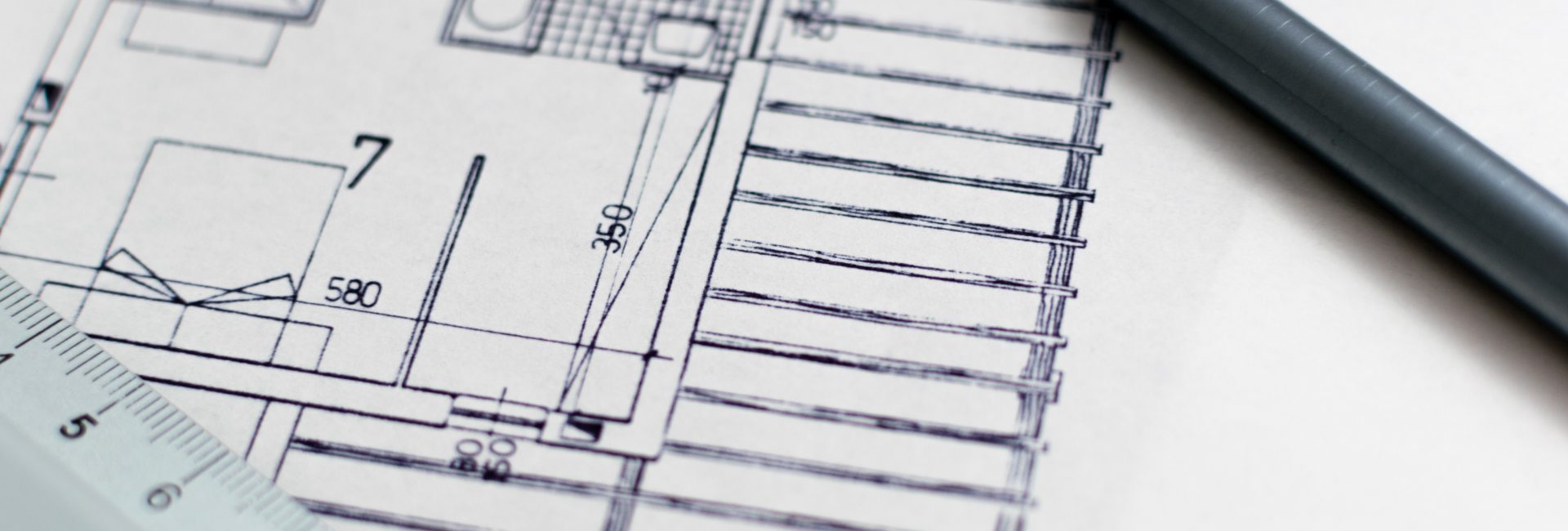for planers, architects and designers
Complex components place high demands on the subsequent surface treatment. This requires the timely observation of detailed instructions so that your order will be a brilliant success.
Anodising instructions
Alloy
The alloy is to be selected for the intended purpose (see also DIN 1725).
For decorative purposes the alloy must be ordered in anodised quality.
For example:
For sheets AlMg1 anodised quality (AlMg3 is less suitable for pigmenting)
For profiles AlMgSi0.5 anodised quality
Design
It is important to note that attachment points for affixing the parts are required (also refer to “contact points” in the text)”.
When designing the parts excess overwidth and overlength should be taken into account.
Similarly, as with galvanising, sufficient run-out openings are to be made in hollow bodies.
Gaps, such as for flat, non-welded butt to butt connections or beading must be sufficiently large in order to ensure problem-free rinsing.
The welding solder of welded parts must consist of the same alloy as the base material as otherwise the colour of the weld seam will differ from the rest of the material. This also applies to colourless (CO) anodised parts.
No other metal is to be installed with the aluminium. Steel and stainless steel decompose in the anodising bath.
Colour and surface
The following details are required for order processing:
- Alloy
- Pre-treatment
- Colour
- Area of application or layer thickness
- Contact points
- Visible sides
Instructions for powder coating
Alloy
Aluminium cast alloys are not suitable due to their metal additives such as Cu, Zn, PB etc. for
pre-treatment, as these “foreign metals” tend to cause deposits on the surface during the treatment process and greatly reduce the adhesive properties of the powder coat. However, according to DIN 1725 there are suitable alloys for the corresponding cases of application
Design
It is important to note that attachment points are required to fix the parts. Principally, these are contact surfaces or, however, at the most frequent drill holes. On sheets and edged parts below a thickness of 2.5 mm or on unstable profiles, size and geometry may lead to impairment of the dimensional stability. Furthermore, it is to be observed that the powder coating generates a very high edge coverage. The coat layer can quickly rise to over 200µ in these areas and this should be taken into account for any later assembly. Cavities or highly constructive areas of design must be furnished with drain holes so that the chemicals can drain off easily during galvanisation and do not subsequently cause surface defects.
Colour and surface
There are different powder coating qualities. Check what your actual requirements are. These could be completely different depending on whether the coating is required for facades, interior architecture or vehicles. The processing of uniformly brilliant metallic facades also continues to present a great challenge to paint manufacturers and coaters. They have a special set of requirements. Ask us – we would gladly offer advice and help you to clarify any technical problems!


